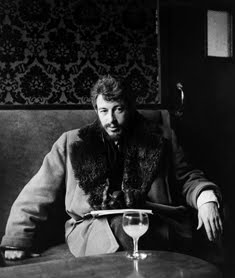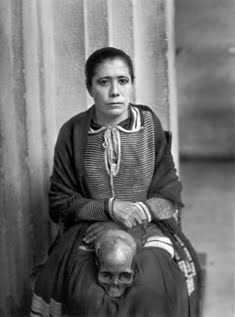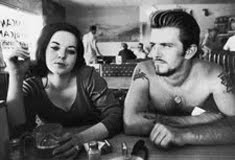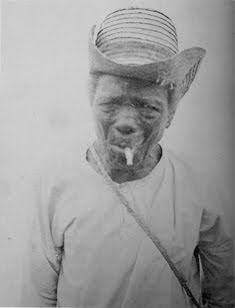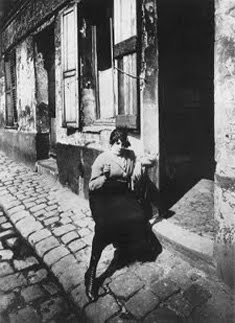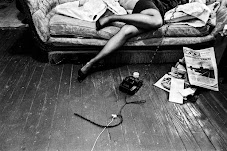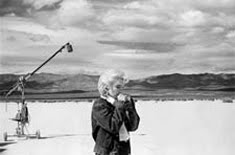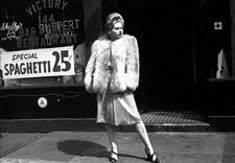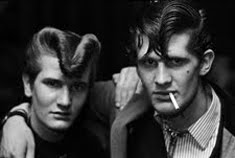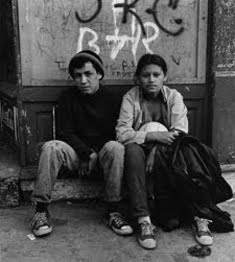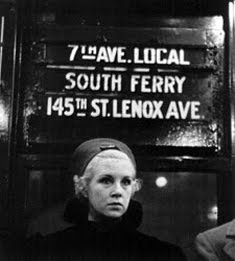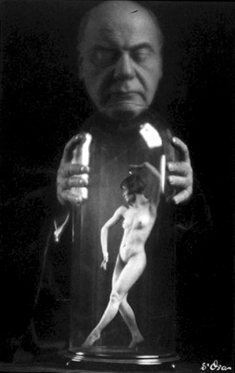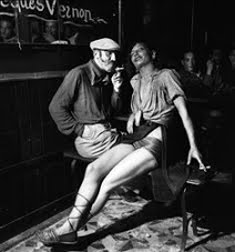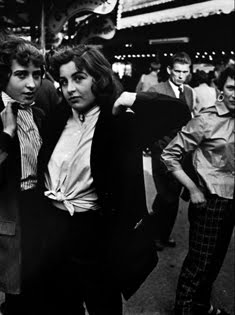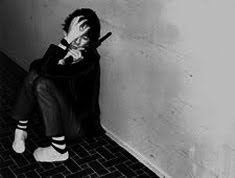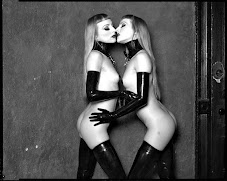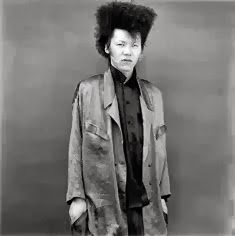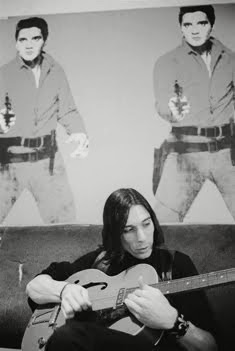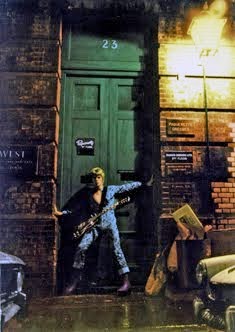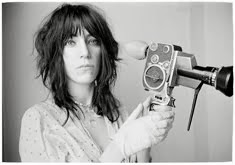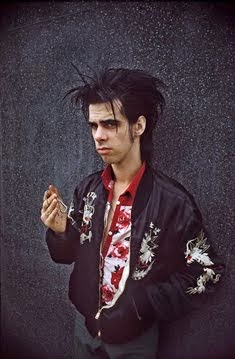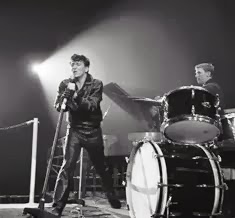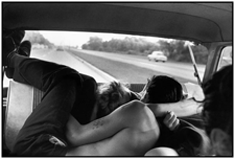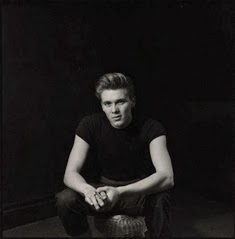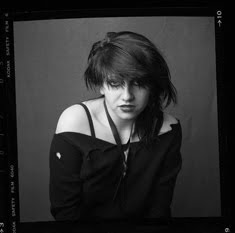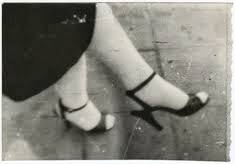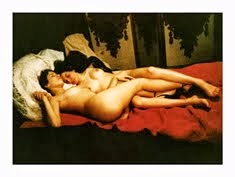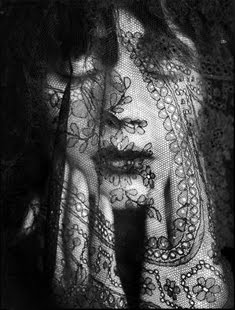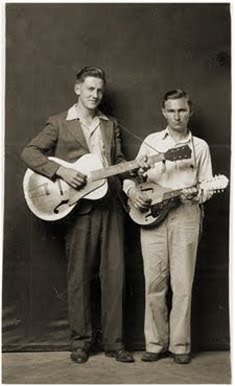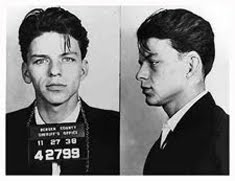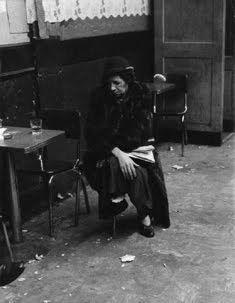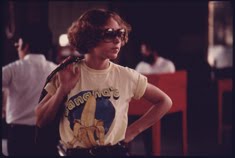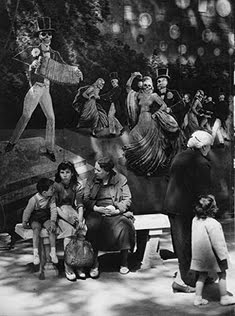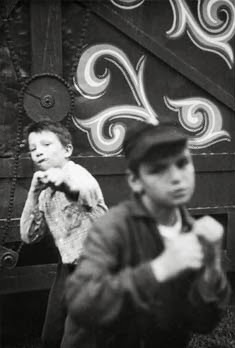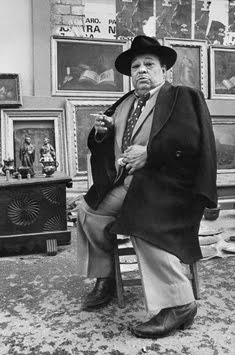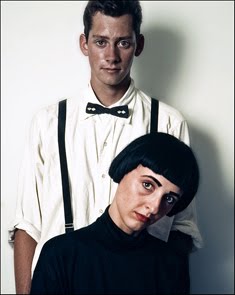Bruno Amadio (1911-1981) fue un pintor veneciano que se hizo algo popular gracias a su serie de niños llorones (otras veces mencionados sin mucho sentido como gitanos llorones), que firmó con el seudónimo de Giovanni Bragolin. Reproducidos en láminas y ampliamente vendidos durante las décadas de los sesentas y setentas, son una treintena de cuadros que supuestamente pintó a partir de su estancia en Sevilla y Madrid, donde residió huyendo de tiempos convulsos en Italia y tras participar en la Segunda Guerra Mundial. Una corriente de opinión al respecto atribuye las imágenes de los niños a sus recuerdos de la contienda, marcado por el sufrimiento de los civiles. Es probable que sus modelos reales fueran niños de orfanatos y que las ventas de estas imágenes le animaran a producir más.
Con el tiempo estos cuadros han sido objeto de leyendas urbanas y supersticiones varias, alimentadas por los medios, que calificaban al artista como autor maldito y a los cuadros como causantes de numerosas desgracias a quienes los poseían, principalmente inductores de incendios a los que extrañamente sobrevivían intactos. Este bulo, sumado a lo poco que se sabe del pintor, no ha hecho sino aumentar posteriormente la popularidad de unos cuadros que, aunque de técnica algo refinada, no justifican en su mayoría la atención prestada excepto por algunos pocos, que conscientemente o no, parecen más inspirados que el resto, aunque todos tienen ese aspecto a medio camino entre el clasicismo y lo kistch.
Bruno Amadio (1911-1981) was a Venetian painter of some popularity due to his crying children series (sometimes referred to as crying Gypsies), paintings he signed with the pseudonym of Giovanni Bragolin. Widely reproduced in print and succesfully sold during the decades of the sixties and seventies this production consists of around thirty paintings supposedly made during his stay in Seville and Madrid, where he lived escaping from turbulent times in Italy and after participating in the Second World War. It is often attributed these images of children to his memories from the war, marked by the suffering of civilians. Chances are real models were children from orphanages and that the selling of these images encouraged him to produce more.
With the passing of time these paintings have been the subject of several urban legends and superstitions, helped by the media, that described the artist as a mysterious character and fueled the idea that the images caused misfortune to those who owned them, even inducing fire from which the items strangely survived intact. This hoax, in addition to so little known about the painter, has increased the popularity of these works, that in spite of a somewhat refined technique, mostly don't justify the attention paid to them except for a few, consciously or not more inspired than the rest, although they all have that peculiar look halfway between kitsch and classicism.
[Imágenes: Bruno Amadio]
EscuchaListen
▶Current 93 feat. Nick Cave·'All The Pretty Little Horses'
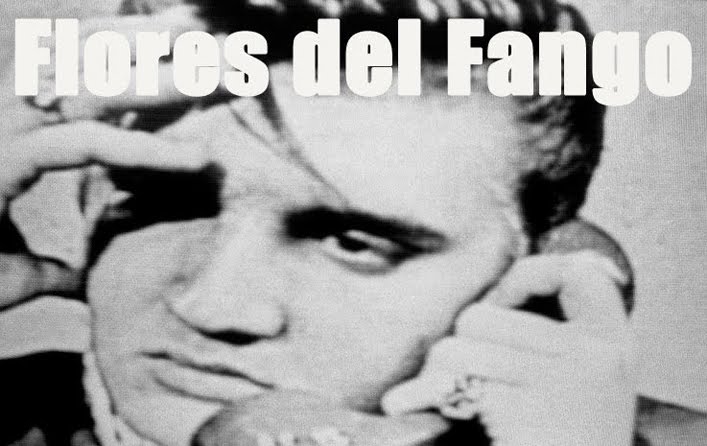
.jpg)
.jpg)
.jpg)
.jpg)
.jpg)
.jpg)
.jpg)
.jpg)


